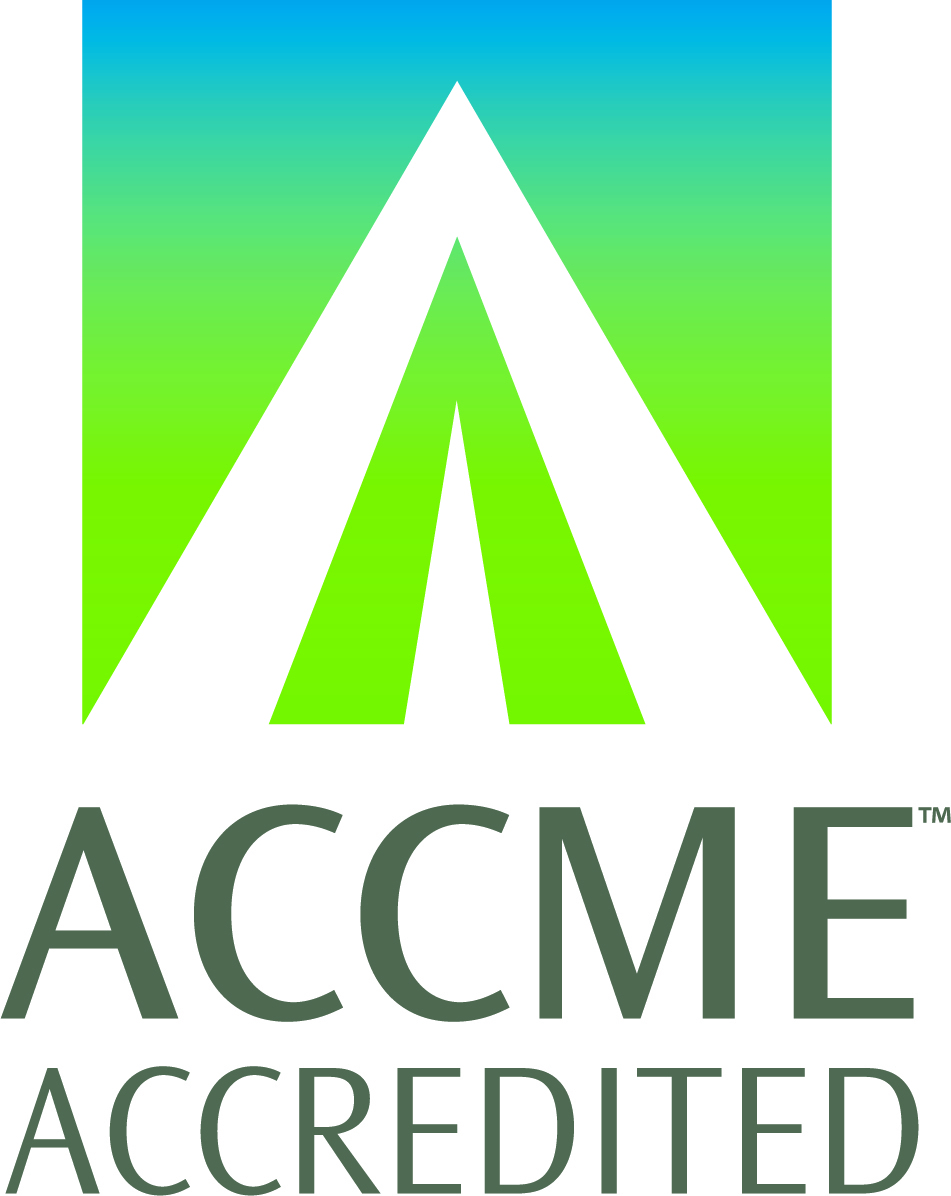
Reverse Shoulder Arthroplasty for the Trauma Surgeon
-
Register
- Non-member - $40
- Active Member - Free!
- Research Member - Free!
- Clinical Member - Free!
- Candidate - Free!
- Trauma Practice Professional - Free!
- Emeritus Member - Free!
- International Active Member Tier 1 - Free!
- International Active Member Tier 2 - Free!
- International Active Member Tier 3 - Free!
- International Active Member Tier 4 - Free!
- International Candidate - Free!

Accreditation Statement: The Orthopaedic Trauma Association (OTA) is accredited by the Accreditation Council for Continuing Medical Education (ACCME) to provide continuing medical education for physicians.
Credit Designation: OTA designates this enduring material for a maximum of 1.25 AMA PRA Category 1 Credits™. Physicians should claim only the credit commensurate with the extent of their participation in the activity.
Successful completion of this CME activity, which includes participation in the evaluation component, enables the learner to earn credit toward the CME of the American Board of Orthopaedic Surgery’s Maintenance of Certification program. It is the CME activity provider's responsibility to submit learner completion information to ACCME for the purpose of granting ABOS credit.
MOC Credit Deadline: 1/29/2028
Learning Objectives:
After completing this activity, learners will be able to:
1) The best approach and how to obtain a good exposure for the glenoid
2) How to identify, protect, and treat the tuberosities.
3) How to place the components and proper mechanics to decrease the risk of dislocation, overstuffing and notching
Faculty:
- Moderator: Niloofar Dehghan, MD
- Michael Mckee, MD
- Dominique Rouleau, MD
Original release date: 1/29/2025
Expiration date: 1/29/2028
Estimated time to complete activity: 1.25 hour
Statement of Need/Description/or Summary of Gap Analysis
Reverse shoulder arthroplasty is commonly used for treatment of proximal humerus fractures in elderly. Many trauma surgeons may not have the training or be comfortable in performing reverse shoulder arthroplasty. However, they may find themselves in a situation where they are expected to perform these procedures for treatment of a proximal humeral fracture. Lack of expertise can increase the risk of complications with this procedure. This session will provide guidance on how to perform the procedure to obtain the best outcomes and limit complications:
1) proper patient selection
2) how to obtain exposure of the glenoid
3) how to handle the tuberosities, should they be fixed at the end of the case?
4) what are the best components: cement vs uncemented stem, what about the glenoid?
5) how to lower the risk of infection and dislocation
Many surgeons may find themselves treating these injuries but may not be comfortable with the technical aspects of the surgery. This session will provide technical tips and tricks and evidence to obtain better outcomes. This activity will help close the gaps in physician knowledge of complications in reverse shoulder arthroplasty for proximal humerus fractures.
Method of Participation: There are no fees for members to participate in this activity. Non-members must pay $40. To participate in the activity, physicians will be required to take the following steps:
- Read the learning objectives and faculty disclosures.
- Participate in the activity.
- Complete the activity evaluation.
- Participants who successfully complete the evaluation will receive AMA PRA Category 1 Credits™.
Disclosures:
The Orthopaedic Trauma Association has implemented a policy to comply with the current Accreditation Council for Continuing Medical Education (ACCME) Standards for Integrity and Independence in Accredited Continuing Education requiring mitigation of all conflicts of interest. Faculty declaring a relevant commercial interest must be identified in the activity syllabus and/or program.
In accordance with disclosure policies of OTA and the ACCME, every effort has been made to ensure all CME activities are balanced, independent, objective, and scientifically rigorous. These policies include complying with ACCME’s Standards for Integrity and Independence in Accredited Continuing Education and mitigating all relevant conflicts of interest for all individuals in control of content.
All of the relevant financial relationships listed for these individuals have been mitigated
Disclosures are available on the "Disclosure" tab.
Disclaimer: The information in this educational activity is provided for general medical education purposes only and is not meant to substitute for the independent medical judgment of a physician relative to diagnostic and treatment options of a specific patient's medical condition. The viewpoints expressed in this CME activity are those of the authors/faculty. They do not represent an endorsement by the OTA. In no event will the OTA be liable for any decision made or action taken in reliance upon the information provided through this CME activity.
Commercial Support: There is no commercial support for this activity

